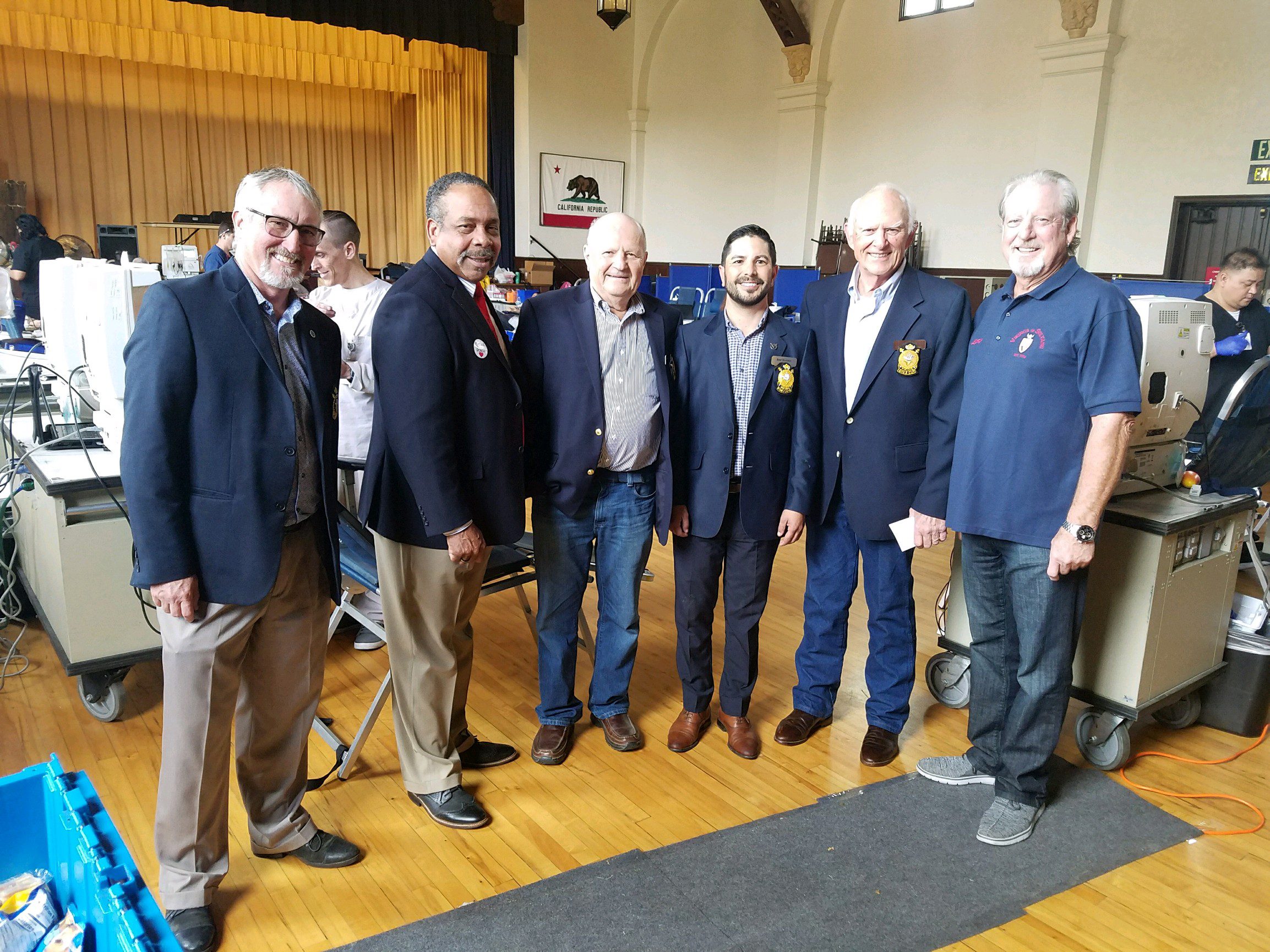Staff Report
The Board of Supervisors will hold budget workshops on April 16, 18, and 20, beginning at 9 a.m. each day in the County Administration Building, Fourth Floor Hearing Room, 105 East Anapamu, Santa Barbara. Remote testimony and public comment will be available at the Joseph Centeno Betteravia Government Administration Building at 511 East Lakeside Parkway, Santa Maria.
At the workshops, the Board will hear from County departments on their major initiatives and draft 2018-19 budgets. The workshops provide an early opportunity for input prior to completion of the Recommended FY 2018-19 Budget to be released in May. The public is encouraged to attend the workshops and provide input regarding the ideas being developed by staff to restructure operations and address how to fund vital services – and to offer their own suggestions.
Final budget decisions will not be made at the April workshops, but on June 11, 13 and 15 when the Board holds budget adoption hearings. The three-day April workshops provide earlier and greater opportunity for the Board of Supervisors to provide input to the budget process prior to the June hearings.
“Adopting a balanced budget in each of the next several years will be complex and challenging,” said First District Supervisor Das Williams, Chair of the Board. “It will require collaboration, coordination and cooperation at every level of our organization to adapt and continue to meet the needs of our constituents. I’m thankful to our hard working County executive and budget teams, and all County departments for putting together informative and thorough presentations on the key initiatives and work plans they are presenting for the Board’s consideration. I look forward to thoughtful dialogue and public participation.”
“As we plan for fiscal year 2018-19, two primary themes emerge: renewal and resilience,” said County Executive Officer Mona Miyasato. “We are continuing with Renew ’22, a multi-year initiative that began last year to drive greater fiscal sustainability, efficiency, high performance and responsive service so we can better withstand and recover from uncertain challenges and threats, like what we just experienced. This effort is more important than ever as we face impacts of, and recovery from, the Thomas Fire and 1/9 Debris Flow. The disasters will affect our community as well as our revenue base for several years, as Montecito constitutes approximately 17 percent of the property tax base and 62 percent of the hotel bed tax to the County’s General Fund, which funds services to residents throughout the county.”
As of early March, the total estimated cost of responding to and recovering from the Thomas Fire and 1/9 Debris Flow was projected to exceed $55 million in County government costs, with the County’s share totaling approximately $12.3 million. Potential revenue losses are estimated at $2.9 million in FY 2017-18 and $3.6 in FY 2018-19, largely due to disaster impacts, according to Jeff Frapwell, Assistant County Executive Officer who serves as Budget Director.
Even with these disaster impacts, the County’s overall spending and revenue for next year is relatively flat, and proposed service level reductions are much lower than last fall’s projected budget shortfall.
“The projected gap, estimated in October at $17 to $23 million or about 2 percent of the total $1 billion County budget, was addressed through a variety of measures,” said Frapwell. “These included efficiencies, department restructuring, limited use of one-time funding, revenue increases, and refinement of revenue and expenditure estimates, resulting in proposed service level reductions of $5.2 million, which includes 10 currently unfilled positions,” said Frapwell.
Miyasato added, “While recovery from the Thomas Fire and 1/9 Debris Flow will continue to be a top priority, other key objectives next year include cannabis program implementation, developing more mental health beds, and continuing with organizational improvements.
“Key challenges continue from last year, such as addressing state and federal mandates, adjusting to growing technology demands, retention and succession planning, serving the mentally ill in and out of the criminal justice system, and funding prior Board commitments like the Northern Branch Jail and maintenance needs,” said Miyasato.
More than 70 percent of County revenue is restricted for specified services, leaving less than 30 percent of the budget for discretionary spending on Board priorities.
“There will be challenges in the coming months and years for the County as we recover from the disaster and prepare for future threats,” added Miyasato, “but we will continue to focus on decisions that allow balancing of short-term needs with long-term impacts, strategic realigning of services, and opportunities for new ways of doing business. We will continue to focus on doing the most essential and important things well to best serve our community.”
The recommended budget is scheduled to be released in May and presented to the Board on June 11, 13, and 15. To review documents for next week’s budget workshops, go to http://www.countyofsb.org/ceo/budget/bw2018.sbc. For information about Santa Barbara County government, go to www.CountyofSB.org.






